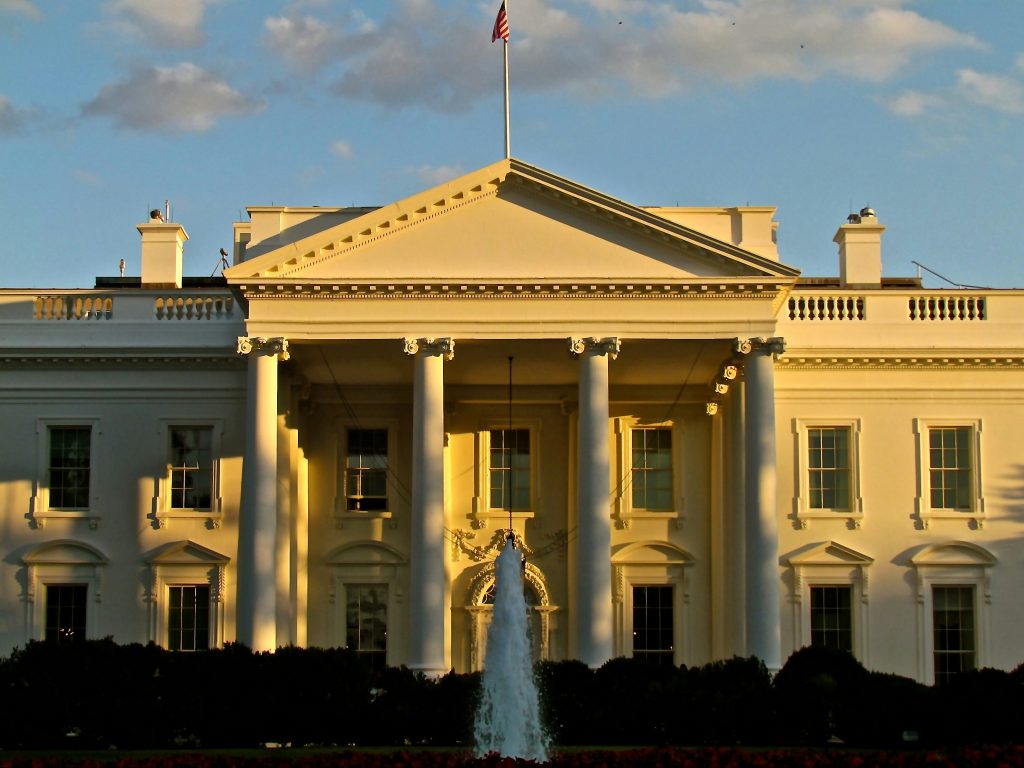Alexander Wang, Luxury Fashion, and the Business of Intellectual Property Infringement in Fashion
Alexander WANG, LUXURY FASHION, AND THE BUSINESS of intellectual property infringement in fashion
By Markus Benavidez *
Jangle Vision, a design house based in California, has sued luxury fashion designer Alexander Wang for alleged copyright infringement and unfair competition and is seeking monetary damages of $75 million.[1] The complaint alleges that Alexander Wang unlawfully utilized Jangle Vision’s copyrighted art—The Jangle Vision Twins—in various advertisements, advertising content, and emails for promotion of their rhinestone bag line.[2]
Claudia Diroma, Jangle Vision’s founder, originally provided Alexander Wang access to their art, including “Jangle Vision Twins in different colored skins framed with circular structures,” as part of an application for a temporary graphic designer position with Alexander Wang Incorporated in 2018.[3] After Ms. Diroma was contacted by a talent consultant for the company, she provided additional character designs for consideration of her application but heard nothing further from the company.[4]
In July 2020, Alexander Wang posted ad campaigns on their Instagram and Facebook which contained characters that are strikingly similar to those created by Jangle Vision.[5] In addition to these posts, Alexander Wang displayed these advertisements in their stores and marketing emails.[6] Jangle Vision then filed suit alleging copyright infringement and unfair competition by Alexander Wang and has requested $75 million in relief.[7]
While luxury brands seem to be the embodiment of creative expression, they may not be that creative after all, as this isn’t the first time that a luxury brand has coopted a smaller artist’s work for their own gain. For example, in 2018, French luxury designer Christian Dior was accused of stealing designs from Orjit Sen, a founder of the New-Delhi brand People Tree.[8] Upon bringing suit, however, a settlement was quickly reached for an undisclosed amount.[9] While a settlement was reached, this does not rectify the fact that Dior, an internationally recognized and highly regarded luxury brand, created a nearly identical print to that of People Tree’s and openly sold the product. Clearly, they did not see this as a problem. Similarly, the fashion retailer Zara has faced numerous claims of stealing from other artists. Yet, both independent designers and big-name luxury designers—such as Christian Louboutin—have yet to prevail against the multi-billion-dollar retailer.[10] While stealing from independent designers is clearly a problem in the fashion space, why do independent artists never seem to prevail?
Largely, small, independent designers are unlikely to prevail in cases similar to the ones above simply because the law is not on the side of fashion. While fashion designers and companies alike often argue for greater intellectual property rights, large fashion businesses still use various loopholes in intellectual property law to substantiate their stealing from smaller designers. Trademark protections, for example, only apply to those elements of the design with an identifiable mark.[11] For example, the iconic Louis Vuitton “LV” monogram is the subject of trademark protection. This avenue of protection is often difficult for independent designers to pursue, because of their lack of brand recognition and resources to pursue such litigations.[12] Additionally, designers may pursue trade dress protections to protect the design of the product.[13] In order to receive such protections, designers must demonstrate that their design is distinct, which has been clarified to mean an “inherently distinctive mark or a secondary meaning in trade.”[14] This is likely the most viable protection of many designers but difficult to obtain because fashion has an extremely short life-cycle and thus proving distinctiveness may be extremely hard for a small, unknown fashion house. [15] Lastly, copyright and patent protections are also insufficient avenues for ensuring protection of designs.[16] First, the courts do not recognize clothing as a protectable article under copyright law, thus this avenue provides no protection or recourse to designers.[17] Second, the route of patents has an extremely high bar—designers must prove their design is unusual and memorable—and they are extremely expensive to obtain.[18] As such, independent designers, often with limited resources and time, are left unprotected and subject to infringement with little opportunity to pursue recourse.
The current state of the law does not offer great protections for fashion designers, and thus Diroma faces an uphill battle to defeat Wang in its recent lawsuit. However, if a favorable decision can be reached, the case may set a massive precedent in protecting independent designer’s work. This case, however, is about more than protecting independent fashion designers. This case can offer two possible outcomes: one, the case may outline greater protections for designers who experience infringement from massive companies, or two, it may signal to large corporations, especially those in the field of fashion, that they will not be allowed to steal from independent designers and take credit for their work.
This case is just one of a million others that demonstrate how large businesses take advantage of smaller businesses, without any recourse for the smaller business. Large companies in all markets engage in similar practices, and this does nothing but allow for big companies, with large economic backing, to dominate the marketplace. The creative field, and especially fashion, is one that is built on the idea of freedom of expression. Such increased freedom of expression can be encouraged by providing greater protections to designers. Currently, the law makes it very difficult for designers, specifically independent designers, to seek any recourse when their designs are stolen. By bolstering protections for designers and artists alike, the law will incentivize designers to create and disclose such creations—as they know that the law will provide a viable avenue of protection if someone attempts to capitalize on their hard work. By providing this increased protection, both the marketplace and fashion enthusiasts will reap the benefits of having diversified voices in the field. This case may not be new, but it is one that should be watched closely for its ability to change the course of design protections for fashion designers.
*J.D. Candidate, Class of 2023, Arizona State University Sandra Day O’Connor College of Law.
[1] Complaint at 4, Jangle Vision, LLC. v. Alexander Wang Inc., No. 2:21-cv-06627 (C.D. Cal. Aug. 16, 2021); Alexander Wang Named in $75 Million-Plus Copyright Suit for Allegedly Infringing Contest Entrant’s Designs, The Fashion Law (Aug. 17, 2021), https://www.thefashionlaw.com/alexander-wang-named-in-75-million-plus-copyright-suit-for-allegedly-infringing-applicants-designs/.
[2] Complaint, supra note 1, at 8.
[3] Complaint, supra note 1, at 6; Alexander Wang Named in $75 Million-Plus Copyright Suit for Allegedly Infringing Contest Entrant’s Designs, supra note 2.
[4] Complaint, supra note 1, at 6–8.
[5] Complaint, supra note 1, at 8; Alexander Wang Named in $75 Million-Plus Copyright Suit for Allegedly Infringing Contest Entrant’s Designs, supra note 2.
[6] Complaint, supra note 1, at 10–1.
[7] Complaint, supra note 1, at 17–18; Alexander Wang Named in $75 Million-Plus Copyright Suit for Allegedly Infringing Contest Entrant’s Designs, supra note 2.
[8] Christian Dior Pays Up After Copying Indian Designer’s Original Print, The Fashion Law (June 13, 2018), https://www.thefashionlaw.com/christian-dior-pays-up-after-copying-indian-designers-original-print/.
[9] Id.
[10] Oladele, supra note 11.
[11] Tiffany din Fagel Tse, Article, Coco Way Before Chanel: Protecting Independent Fashion Designers’ Intellectual Property Against Fast-Fashion Retailers, 24 Cath. U.J.L. & Tech. 401, 407-08 (2016).
[12] Id. at 407.
[13] Id. at 410; Kristin Sutor, Comment, In Fast-Fashion, One Day You’re In, and the Next Day You’re Out: A Solution to the Fashion Industry’s Intellectual Property Issues Outside of Intellectual Property Law, 2020 Mich. St. L. Rev. 853, 866 (2020).
[14] Sutor, supra note 15, at 866.
[15] Sutor, supra note 15, at 867.
[16] Tse, supra note 13, at 412-14; Sutor, supra note 15, at 867-70.
[17] Sutor, supra note 15, at 869.
[18] Tse, supra note 13, at 414-15; Sutor, supra note 15, at 867-69.
Related Posts

District Court Judge Issues Injunction Requiring Work Continue at CFPB

The Trump Administration’s Proposed Carried Interest Tax Reform
